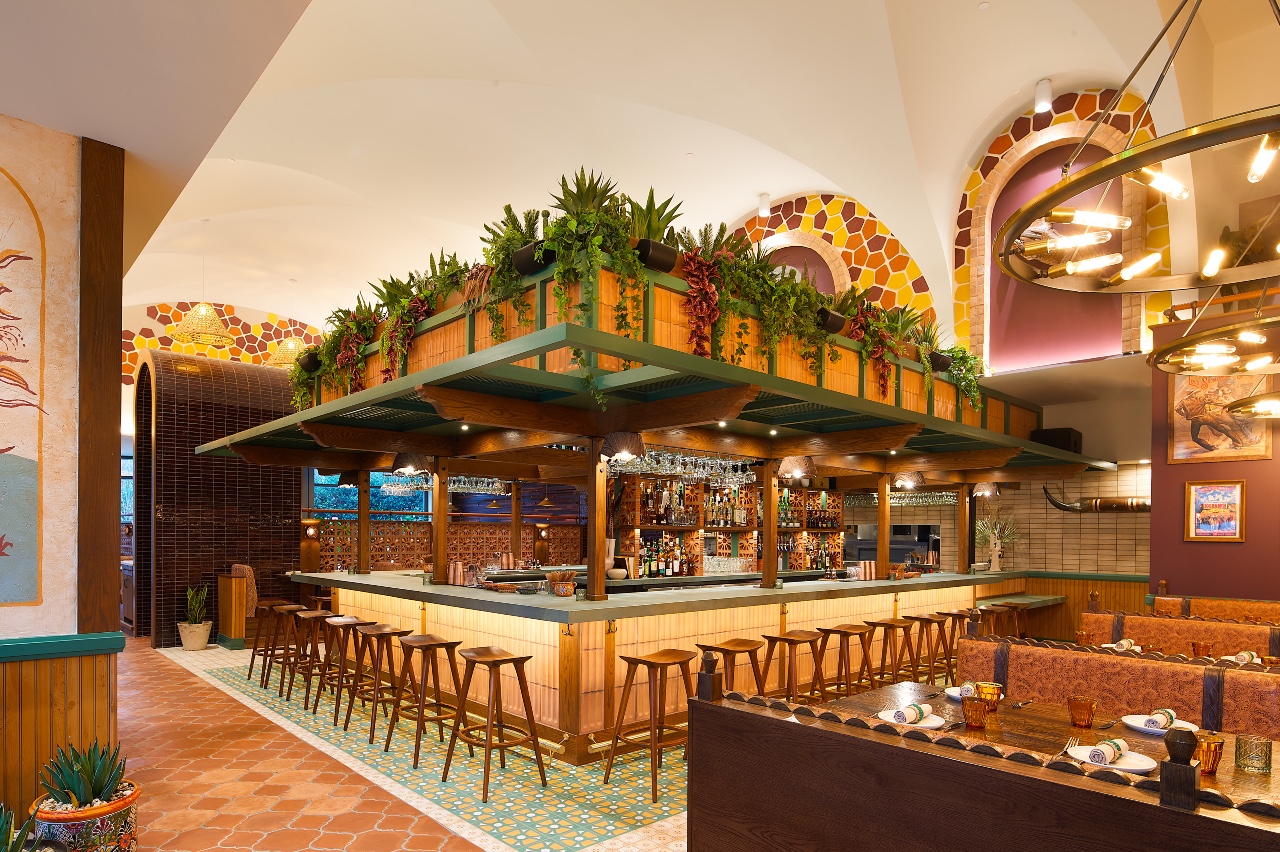Microclimates in Dining: Tailoring Spaces for Every Generation
3 Min Read By Griz Dwight, AIA, LEED AP
When it comes to designing restaurants, creating spaces that rise above mere aesthetics requires a deep understanding of the guests who will be a part of the experience. Beyond the surface-level elements such as décor and spatial layout, as architects and designers we must acknowledge the significance of catering to the diverse preferences of each restaurant’s clientele. Nowhere is this more evident than in the consideration of generational differences, which play a large role in shaping dining experiences. From Millennials seeking immersive social environments to Baby Boomers yearning for nostalgic charm, each generation brings its unique set of expectations to the table.
Enter the Microclimate
A concept gaining traction in the industry is the notion of "microclimates" within restaurant spaces, which refers to tailored environments that allow us to cater to varied preferences. From cozy nooks to bustling social hubs, microclimates offer a spectrum of dining experiences aimed at resonating with various demographics. The process of designing microclimates involves the segmentation of restaurant spaces to accommodate the sensibilities and needs of different patrons. This approach recognizes that no two guests are alike, and aims to create environments that satisfy a broad range of tastes and preferences.
To illustrate this concept in action, Ometeo, an upscale Tex-Mex restaurant at the Capital One Center in Tysons, Virginia, seamlessly integrates microclimates to appeal to diverse generational expectations. With multiple dining areas, a large outdoor bar, and a second-floor mezzanine lounge with private dining capabilities, the restaurant caters to a wide variety of dining styles and unique experiential preferences. By expanding the space offerings within a restaurant, the venue creates an inclusive environment where patrons of all ages can feel welcome.

Generational Differences
Born between 1997 and 2013, Gen-Z differentiates itself by its digital savviness and inclination for dining journeys that feel authentic and genuine. This generation is known to value experiences over material goods and typically pursues F&B establishments that offer one-of-a-kind social elements. With a preference for authenticity and sustainability, restaurants must reflect these values if they want to align themselves with this demographic. Incorporating details such as culturally sensitive design, sustainable materials, technology, and flexible seating arrangements can appeal to Gen-Z's preference for immersive and socially responsible dining experiences. Additionally, creating visually striking spaces and Instagram-worthy can attract Gen-Z diners, who are known for sharing their lives on social media.
When it comes to Millennials, born between 1981 and 1996, their dining preferences are shaped by a blend of values. Unlike Gen-X or Baby Boomers, but similar to Gen-Z, Millennials prioritize local connections in their dining choices, seeking out restaurants that align with their beliefs. They gravitate towards spaces that offer an interactive experience, such as eatertainment destinations, food halls, and restaurants with communal seating or areas that encourage socialization. For Millennials, dining is not just about the food—it's about the entire journey, from the ambiance and service to the story behind the restaurant.
For instance, restaurants such as Ometeo are likely to strike a chord with Gen-Z and Millennials as its values are exemplified through the strategic incorporation of authentic Tex-Mex elements in its design. There is a delicate fusion of Texan and Mexican cultures while being highly sensitive, steering clear of stereotypes, and evading clichés. This commitment to blending the two influences in its cuisine, décor, and overall guest experience would resonate with both demographics who value authenticity, cultural connection, and respectful visual narratives.

Gen-X, born between the mid-1960s and early 1980s, exhibits dining preferences that blend tradition with modern convenience. They often prefer full-service restaurants that cater to both adults and children, seeking menus that offer a balance of taste, and convenience. When designing restaurant spaces for Gen-X, it's essential to consider their preference for full-service experiences that offer a diverse menu selection, efficient service, and a welcoming atmosphere.
Born between 1946 and 1964, Baby Boomers are loyal to the core and tend to favor restaurants that are familiar, nostalgic, and comforting. Recent data shows that they prefer to dine at restaurants where they feel at ease and know what to expect in terms of both service and cuisine. Because of this, it’s more likely that Baby Boomers will prioritize full-service restaurants with classic ambiance and menus that offer traditional dishes they know and love. As a result, they tend to develop strong bonds with their favorite dining establishments, returning to them regularly for the assurance of a familiar and enjoyable dining experience.
When designing restaurants, understanding the diverse demographics of potential patrons, particularly across different generations, is crucial and will be the key to promoting welcoming and inclusive dining environments. In doing so, you'll not just satisfy evolving guest expectations but also establish a loyal customer base that will return repeatedly. By embracing microclimates, restaurants can adapt with flexibility and navigate today's competitive F&B landscape effectively, ensuring they retain their relevance and appeal to a wide audience seamlessly.


